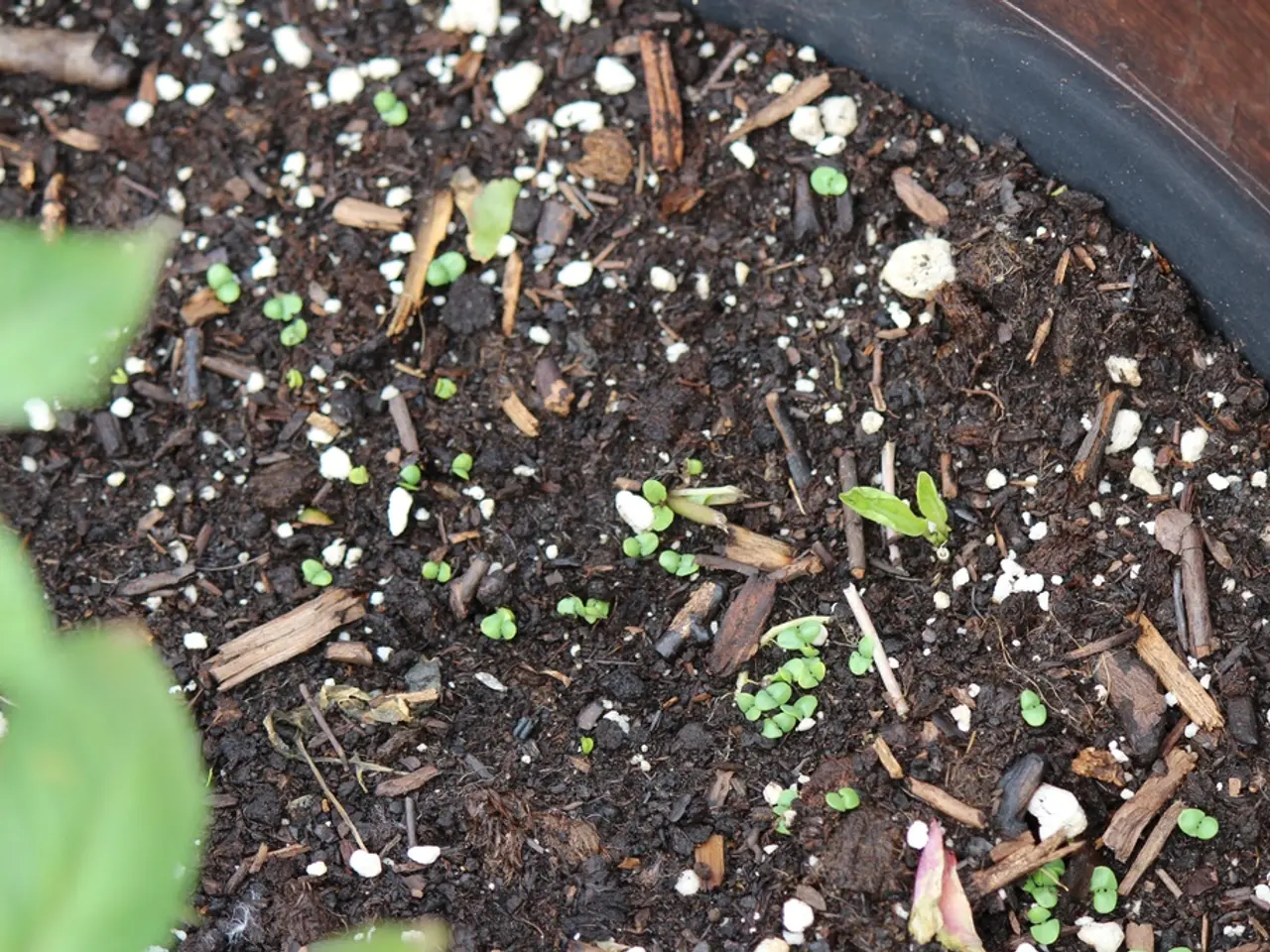Overlooked Reservoirs of Phosphorus in Soil: Three Neglected Containers by Agronomists
Phosphorus (P), the second most important nutrient for plant growth after nitrogen, plays a crucial role in various plant processes, from energy transfer to DNA synthesis. However, unlike nitrogen, the proper use of phosphorus is not as straightforward.
Soil contains phosphorus in three forms, often referred to as "buckets." The first bucket consists of compounds bound to minerals and organic matter, making it unavailable for immediate plant use. The second bucket is transitional, containing decomposed leaves, plant residues, manure, and compost. The third bucket consists of soluble compounds that roots can absorb immediately.
The balance of these "buckets" is essential for optimal plant nutrition. By controlling this balance and helping the microbes, we can ensure that phosphorus is available to plants when they need it.
A healthy soil microbiome, comprising phosphate-solubilizing bacteria (PSB) and arbuscular mycorrhizal fungi (AMF), plays a significant role in the availability and optimal use of phosphorus for plant growth. These microbes mobilize phosphorus in soil by secreting organic acids, enzymes, and protons that convert insoluble forms of organic and inorganic P into forms accessible to plants.
One key mechanism is phosphate solubilization, where certain bacteria release compounds that dissolve mineral phosphates, increasing available P in soil solution. Another mechanism is microbial biomass P dynamics, where microbes assimilate inorganic P into their biomass, creating a dynamic reservoir that can release P back into soil, depending on microbial activity and the carbon-to-phosphorus (C:P) balance in soil organic matter.
Arbuscular mycorrhizal fungi (AMF) also play a significant role by extending plant root absorption capacity through their hyphal networks, enhancing phosphorus uptake. They promote P turnover and modify microbial functions in the rhizosphere.
Adding organic matter, proper crop rotation, and modern bio-preparations can maintain a healthy soil microbiome. However, excess fertilizers can disrupt the "bucket balance" by binding phosphorus back into unavailable forms and washing it away into water bodies. In excess, plants stop sending chemical signals to root microbes, reducing their activity and disrupting the "three buckets" system.
The transition of unavailable phosphorus to active forms is extremely slow, taking decades through weathering and decomposition. Therefore, it is essential to maintain a well-balanced "three buckets" system, a healthy soil microbiome, and plant signals for optimal phosphorus cycling.
Yield depends on how well the soil ecosystem works, not just on the amount of phosphorus added. Thus, understanding and managing the soil microbiome is crucial for sustainable plant growth and soil fertility management.
- To ensure optimal plant growth, it's essential to maintain a balance between the different forms of phosphorus in the soil, known as the "buckets," which include chemical bonds to minerals and organic matter, decomposed leaves and plant residues, and soluble compounds.
- A healthy soil microbiome, containing phosphate-solubilizing bacteria and arbuscular mycorrhizal fungi, plays a significant role in the availability and optimal use of phosphorus for plant growth by mobilizing phosphorus, converting insoluble forms to soluble ones, and enhancing phosphorus uptake through hyphal networks.




